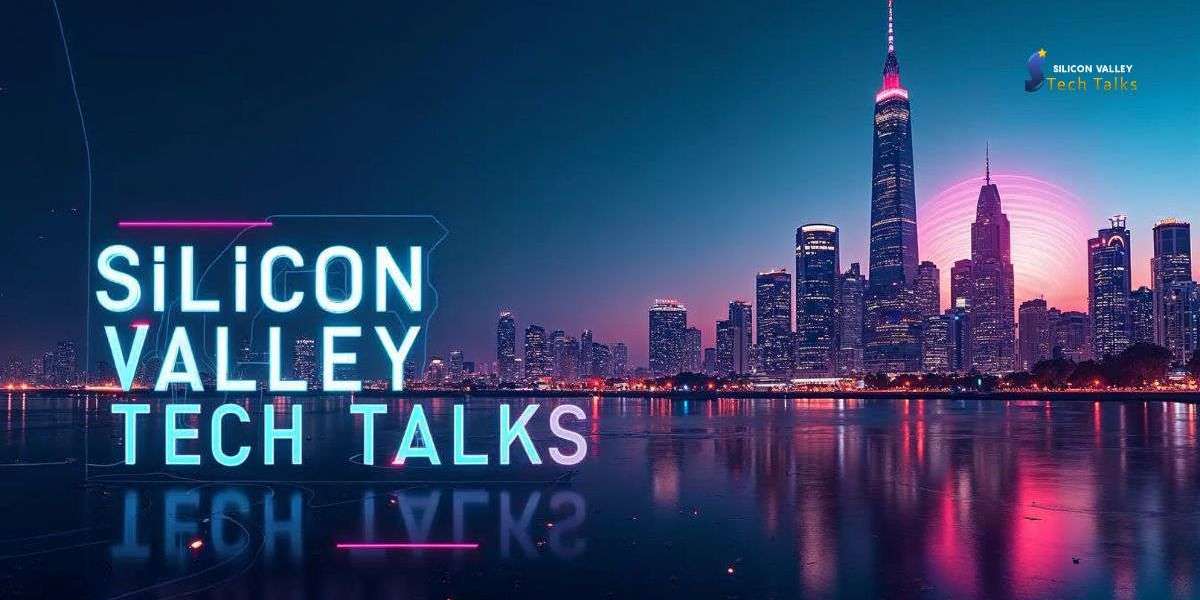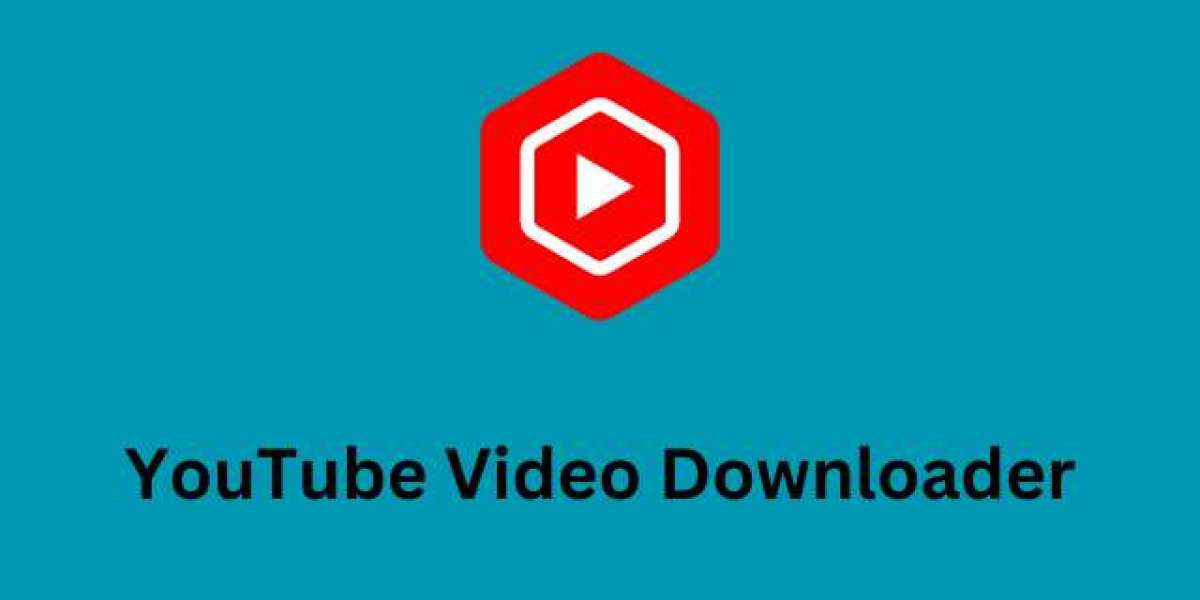what is a podcast
Understanding podcasts
So, what is a podcast, and how does it work? In simple terms, a podcast is a digital medium consisting of audio (or video) episodes that relate to a specific theme. The hosts of a podcast are referred to as "podcasters." While many forms of media have barriers to entry, a podcast is simple to create. To get started, podcasters only need basic equipment, like recording software and a microphone. Since podcasts aren't regulated, anyone is free to record and share content.
Typically, podcasters will record and edit digital content (using podcasting software and doing light editing) and share it with an audience. They can post on YouTube, publish audio files on a podcast hosting service (such as Apple Podcasts, Google Podcasts, or Spotify), or share the podcast episode directly through their website. These audio files are often exported as an mp3 file, and creators might release a short podcast trailer to spark interest before the full show launches.
If you're interested in exploring how cloud technology influences podcasting platforms, check out this cloud computing podcast that dives into infrastructure trends and innovations.
Once a podcast is released, it can attract an audience in several ways. Podcast directories allow users to discover and subscribe to new podcasts. Since major search engines display podcast episodes in search results, strong SEO (search engine optimization) can also help a podcast find listeners.
The purpose of podcasts
Not all podcasts have the same goal, but as a general rule, podcasts are a form of entertainment. People might listen to a podcast to learn more about a topic, keep up with current events, or because they want to laugh.
A podcast can also be a powerful marketing tool. Podcasting can be an opportunity to promote your business, broaden your reach, or market to your existing audience. If you're able to build a community around a podcast, it can also be a way to build trust.
There are more than 100 million active podcast listeners in the United States, and they're becoming more popular each year. A podcast has the potential to inform, inspire, or engage its audience. Ultimately, a podcast is a way to share content. While some enjoy reading articles, others prefer something they can listen to. Podcasting is flexible, and podcasters can use the medium in many ways.
checklist
Types of podcasts
Like books, movies, and other forms of entertainment, podcasts cover various topics. While comedy is the most popular podcast genre, different genres, like true crime, news, and business, also have a wide audience.
If you try to define podcasting, you'll quickly realize that podcasts are incredibly varied. Podcasts can differ in length, tone, and format. Some of the most popular styles of podcasting include:
Conversational
A conversational podcast is essentially a discussion. A podcast host may casually discuss a topic or interview guests. This format is similar to a traditional radio show (often heard on broadcast radio).
Monologue
While conversation podcasts usually feature co-hosts or a roundtable discussion, monologue podcasts have a solo host. It's an unscripted format that can cover a range of topics. Since you don't have to coordinate with other hosts, this podcast style can be an easy way to grow your audience.
Non-fiction storytelling
These podcasts present a real-life event in an engaging way. What's an example of a podcast that uses this format? "This American Life" is a popular radio show and podcast that tells journalistic human interest stories.
Theatrical
Many podcasts are non-fiction, but podcasts can also be a format for a fictional story. Some scripted podcasts tell a story over a few episodes, while others present standalone tales.
Repurposed
It's becoming increasingly common for content creators to repurpose existing content into podcast episodes. For example, hosts can read blog posts and articles during the podcast. This allows audiences to engage with content in their preferred format.
Hybrid
Podcasts don't have to stick to a single format. It's not unusual for podcasts to vary in style across episodes or over time. For example, someone with a monologue podcast might occasionally invite guests and host a conversational podcast episode.
Audio vs. video podcasting
While podcasting was exclusively an audio medium in its early days, that's no longer the case. It's common for podcasts to include a video element, such as video footage of the hosts or images and infographics. Both audio files and video podcasts have benefits and offer different possibilities.
Audio podcasts are more accessible. While people can listen to a digital audio file anywhere, videos can only be enjoyed under certain circumstances. An audio podcast also requires less equipment and can be hosted on various podcast listening platforms.
On the other hand, video podcasts can help podcasters reach a new audience. People that don't usually listen to podcasts may watch videos on social media platforms like YouTube or Twitch. When you use video footage, you can also share information that would be difficult to convey via audio content.
When choosing a format for your podcast, it's important to consider your goals, audience, and resources. Behavioral targeting can help you identify which type of podcast is more appealing to your target audience.
If you’re exploring trending formats and want expert discussions, don’t miss these best podcasts about artificial intelligence hosted by leading innovators and AI professionals.
Many successful podcasts revolve around diverse podcast topics, from comedic banter to in-depth interview podcasts that attract a broad audience. The vast majority pay close attention to details like podcast cover arts, overall sound quality, and consistent audio recording. A dedicated podcast producer or small team often handles podcast production in a specialized podcast studio, ensuring each episode meets professional standards. Early pioneers of this podcast medium—such as Adam Curry—helped shape the industry, leading to widespread adoption across streaming platforms and even some radio stations. Whether focusing on original content, creating audio dramas, or following common podcast formats, shows typically release individual episodes that can be accessed on mobile devices. By connecting with a podcast network or operating independently, creators can build successful podcasts that become many listeners’ favorite podcasts.
Silicon Valley Tech Talks, a podcast series hosted by industry expert Faisal Wattoo and featuring cutting-edge tech trends, gives listeners access to the latest in technology. Each show in this podcast series explores developments like AI, cloud computing, fintech, and other innovations. Don’t miss out—visit Silicon Valley Tech Talks and subscribe to our YouTube channel.


